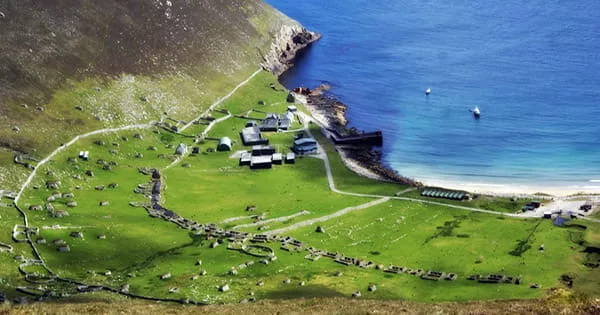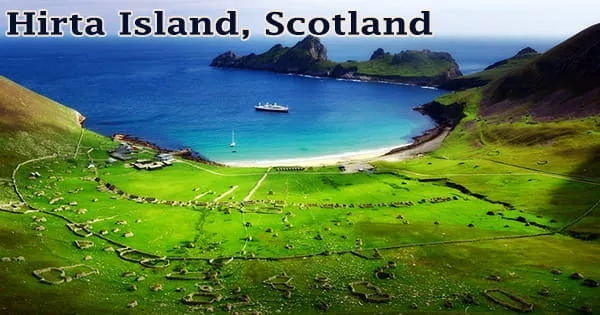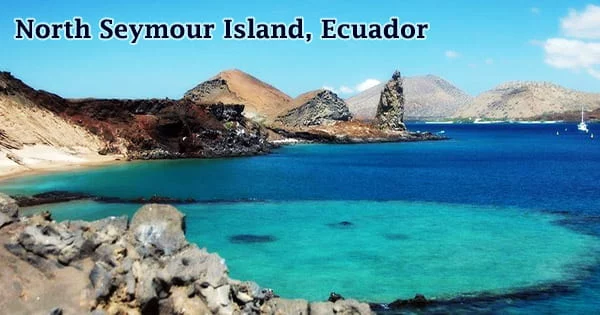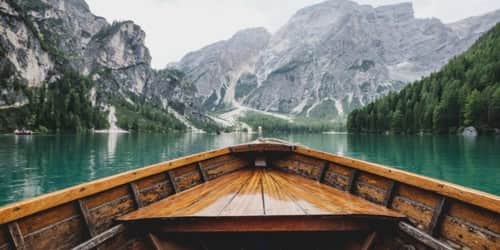Hirta (Scottish Gaelic: Hiort) is the biggest island in Scotland’s St Kilda archipelago, located on the western coast. The amazing history of St Kilda’s island archipelago and its tenacious inhabitants is well chronicled in National Records of Scotland archives. St Kilda has been abandoned since 1930, despite having been inhabited for for 2,000 years. When the final occupants of the UK’s most isolated islands asked to be evacuated to the mainland, they left behind a typical Scottish coastal community that is now in ruins.
The unique documentary sources range from early eighteenth-century evidence of Church of Scotland missionary activity on St Kilda to Scottish Office files containing an extraordinarily detailed picture of the government’s efforts to help the islanders over many decades, culminating in the evacuation of the remaining inhabitants in 1930. The archipelago has also been given the names Hiort (in Scottish Gaelic) and Hirta (historically in English). The island now has virtually all of St Kilda’s population of roughly 180 inhabitants in the late 17th century and 112 in 1851, despite the fact that it no longer has a permanent resident population.
St Kilda is a tiny North Atlantic archipelago made up of four islands located 40 miles west of Scotland’s Na h-Eileanan Siar (Outer Hebrides). Labrador, Canada, is the next country west of St Kilda. The island’s ‘afterlife’ is also documented in official archives, bringing the narrative closer to the current day. The parish records, statutory registers, and censuses, which give significant documentation of people and families from 1830 onwards and may be searched on Scotland’s People, constitute the bedrock of all these important documents.

Hirta was designated as one of Scotland’s six World Heritage Sites in 1986, and it is one of the few places on the planet that have both ecological and cultural significance. Tourists are invited to visit the island during the months when the limited tourist amenities are operational. People inhabited on the islands for at least two millennia, if not longer, according to stone tools and a Bronze Age quarry discovered on Mullach Sgar, a mountain on Hirta. People utilized tiny boats to travel between the islands and took advantage of the abundance of seabirds (puffins were supposedly a favored snack).
The main island, Hirta, is home to the lone village, while the lesser islands of Soay, Boreray, and Dun provided more grazing. All of them are dominated by seabird-friendly rocks and crags. From east to west, the island is 3.4 kilometers (2+1⁄8 miles) long and 3.3 kilometers (2+1⁄16 miles) long. It has a total size of 6.285 km2 (2+7⁄16 sq mi) and a shoreline of roughly 15 km (9 mi). On the southeast side of the island, under the safety of Village Bay, lies the only real landing spot.
For the rest of Scotland and the rest of the globe, the islands and their inhabitants have held a particular and enduring interest. Other abandoned Scottish islands have intriguing history, but none have piqued the public’s curiosity as much as this one. Near Glen Bay (at the western end of the north shore), the island slopes gently down to the sea, but the rocks plunge directly into the water at a shallow angle, making landing difficult if there is any surge.
St Kilda is well-known for its wildlife, but island is also well-known for its human history. For at least 4,000 years, a population has lived here, relying on the thick colonies of gannets, fulmars, and puffins for food, feathers, and oil. Sea kayakers can also stop for a rest on a little boulder beach backed by cliffs in the north of the island, right before the northeast side, where Conachair, the island’s highest peak, creates a 430-meter-high precipice (1,410 ft).
However, the islands’ traditional modes of life, which included sheep farming, weaving, and fishing, began to erode in the early twentieth century. Freshwater springs made life possible on Hirta, and the islanders survived for millennia by eating seabird flesh and eggs, fish obtained near the islands, and whatever barley, oats, and potatoes they could plant and store to endure the winter. They used oil from fulmars and other birds to light their lamps.
Hirta is encircled by a smattering of tiny stacks. Bradastac, Mina Stac, and Sgeir Domhnuill are located to the east of the Conachair cliffs, while Sgeir nan Sgarbh is located to the south of the Osieval heights. Visitors to the island frequently took down the number of people who lived there, but not their names. St Kilda had 180 residents in the late seventeenth century. The population fluctuated but dropped generally over the eighteenth and nineteenth centuries, owing to sickness and migration. A smallpox outbreak in 1727 decreased the population to 42 persons, and by 1758, there were just 88 islanders left.
Furthermore, a generation of young men died in the trenches of World Conflict I, a war that had a direct, if brief, impact on the islands when a German submarine sunk a naval beacon, the chapel, and one lamb. Influenza and polluted agriculture decimated the population after the war, reducing it from 73 in 1920 to 36 by 1928. Thirteen men, ten women, eight girls, and five boys resided at St Kilda, all on Hirta, until the evacuation in 1930. The landowner rented homes to the ten households, keeping the remaining six cottages vacant.
On August 29th of that year, a ship named Harebell transported the surviving residents to their new homes on the mainland of Scotland. Before boarding the ship, the people left a dish of oats and an open Bible in each cottage. In April 2016, the last surviving former inhabitant of St Kilda, who was evacuated when she was eight years old, died. Visitors may face the weather and cruise to the “islands at the end of the world” for a once-in-a-lifetime adventure.
A film made by a private individual in summer 1930 includes some scenes of the “preparations and evacuation of the island”. The National Library of Scotland owns it, and it may be seen on their website. Due to their human history and internationally significant bird populations, the islands are now a double UNESCO World Heritage Site for both cultural and ecological grounds. The National Trust for Scotland, a charity organization, owns the islands.
















